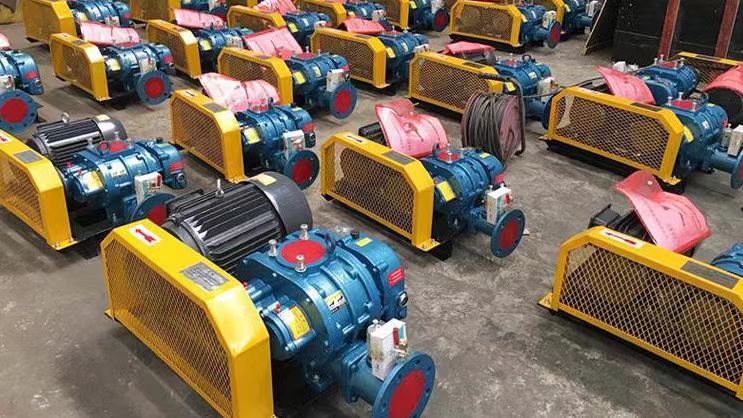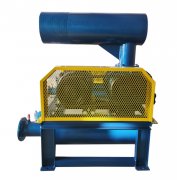How to choose a high-quality Roots blower manufacturer? Help you avoid pitfalls from multiple perspectives
When choosing a Roots blower, many friends will struggle with the question of "which manufacturer is good". As an important equipment in the industrial field, choosing the wrong one not only affects production efficiency, but may also bring trouble in subsequent maintenance. Today, we will help you clarify your decision-making process from several key perspectives.
Firstly, clarify your core needs
Many people tend to fall into the trap of "blindly comparing prices" or "only looking at brands" when making purchases. Suggest asking yourself first:
-Wind volume and pressure requirements: The parameters required for different working conditions vary greatly. Can the manufacturer provide accurate matching?
-* * Operating environment * *: Is there any corrosive gas present? Do we need explosion-proof design?
-* * Budget Range * *: Should we pursue cost-effectiveness or prioritize long-term stability?
**Pain point reminder: Some small manufacturers may exaggerate parameters and only discover insufficient air volume during actual use. It is recommended to request the manufacturer to provide a third-party testing report.
2. Evaluate the manufacturer's' hard power '
Production Qualification
Check if you have basic qualifications such as ISO9001 certification, special equipment production license, etc. Environmental protection fans also need to see CE certification.
Technical team
High quality manufacturers will have a dedicated team of fluid mechanics engineers who can customize solutions based on your working conditions, rather than simply promoting standard models.
Case Experience
Focus on asking if there have been similar cases in your industry (such as sewage treatment, pneumatic conveying, etc.), and request on-site videos or user feedback.
**Avoiding pitfalls * *: Some manufacturers may display "successful cases" that have stolen materials from other companies. It is recommended to directly contact the user unit in the case for verification.
3 easily overlooked 'soft services'
-* * After sales response speed * *: Can the manufacturer promise technical support within 24 hours in case of sudden malfunction?
-* * Accessory supply cycle * *: Is the inventory of conventional accessories (such as gears and bearings) sufficient?
-* * Technical Training * *: Do you provide free operation and maintenance training? Some manufacturers may consider this part as an invisible charging item.
**Real case * *: A food factory stopped production due to a sudden malfunction of the fan. When contacting the original manufacturer, they were told that the "engineer was out of town" and had to pay a high price to find a third-party repair, resulting in huge losses.
Hidden costs beyond 4 prices
-Energy consumption comparison: Energy saving fans are 15% more expensive, but long-term electricity bills may be saved by more than 30%;
-* * Maintenance cost * *: Some low-priced fans use non-standard accessories, and the replacement price will double in the later stage;
-* * Transportation and installation * *: Does remote areas include lifting services? High power fans need to confirm whether the load-bearing capacity of the factory meets the standard.
Suggest that the manufacturer provide a 5-year usage cost estimation table to comprehensively compare the initial purchase price with long-term expenses.
5 'Must See Details' for On site Inspection
If conditions permit, go to the factory site to see:
-Whether the sheet metal welding is smooth and free of burrs (reflecting the level of craftsmanship)
-Use a decibel meter to measure noise during the test run (high-quality fan ≤ 75 decibels)
-Observe whether the factory area is clean and orderly (manufacturers with standardized management have lower failure rates)
**Tip * *: Suddenly requesting a visit to the warehouse, if you see a large backlog of inventory, it may reflect product unsold or quality issues.
Reminder: There are no "manufacturers", only "most suitable" solutions. Suggest listing your priorities (such as prioritizing energy efficiency or stability), and then selecting 3-5 companies for in-depth comparison based on the above dimensions. If necessary, request the manufacturer to provide a prototype for trial operation. I hope these experiences can help you avoid purchasing traps and find reliable partners!



